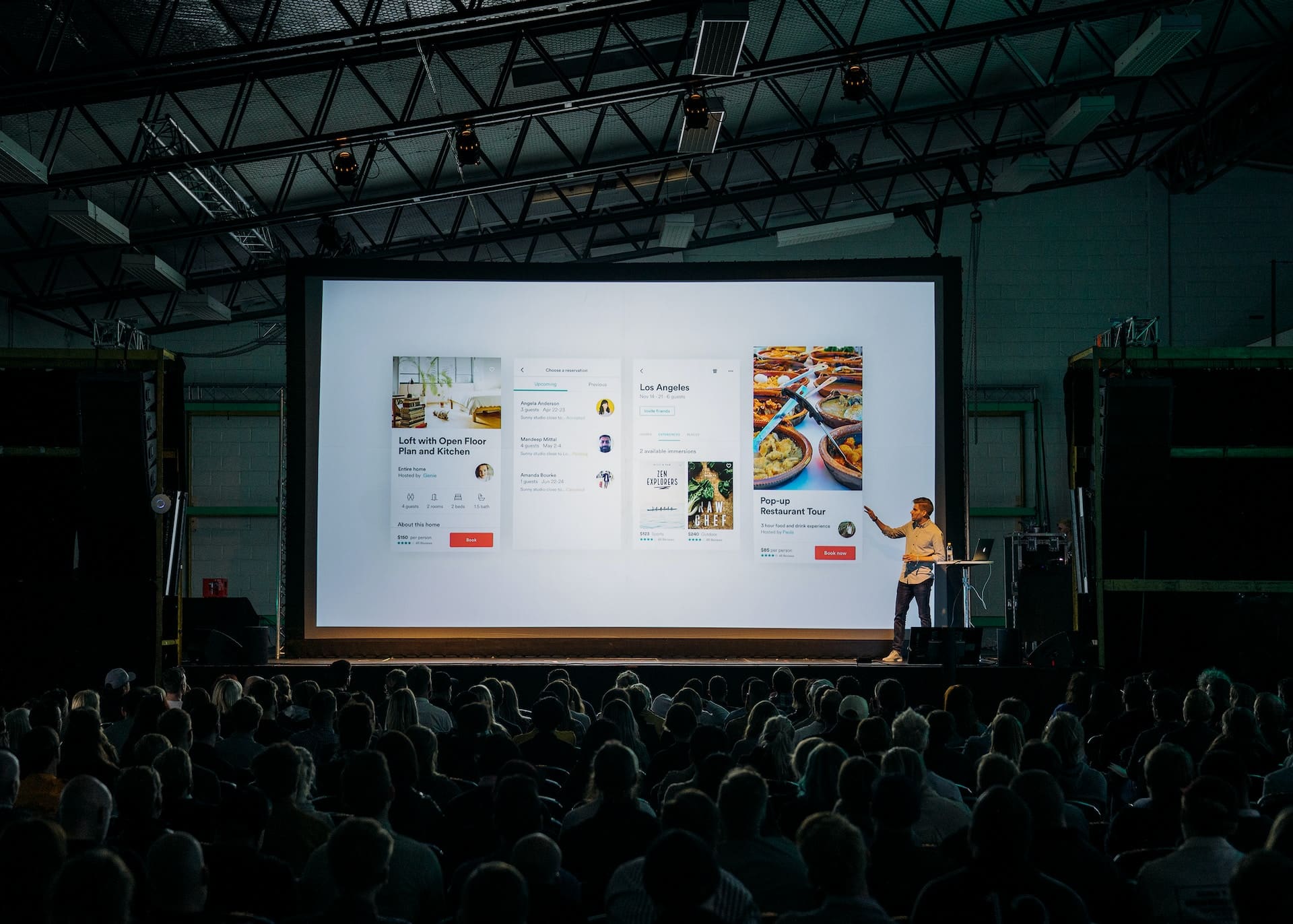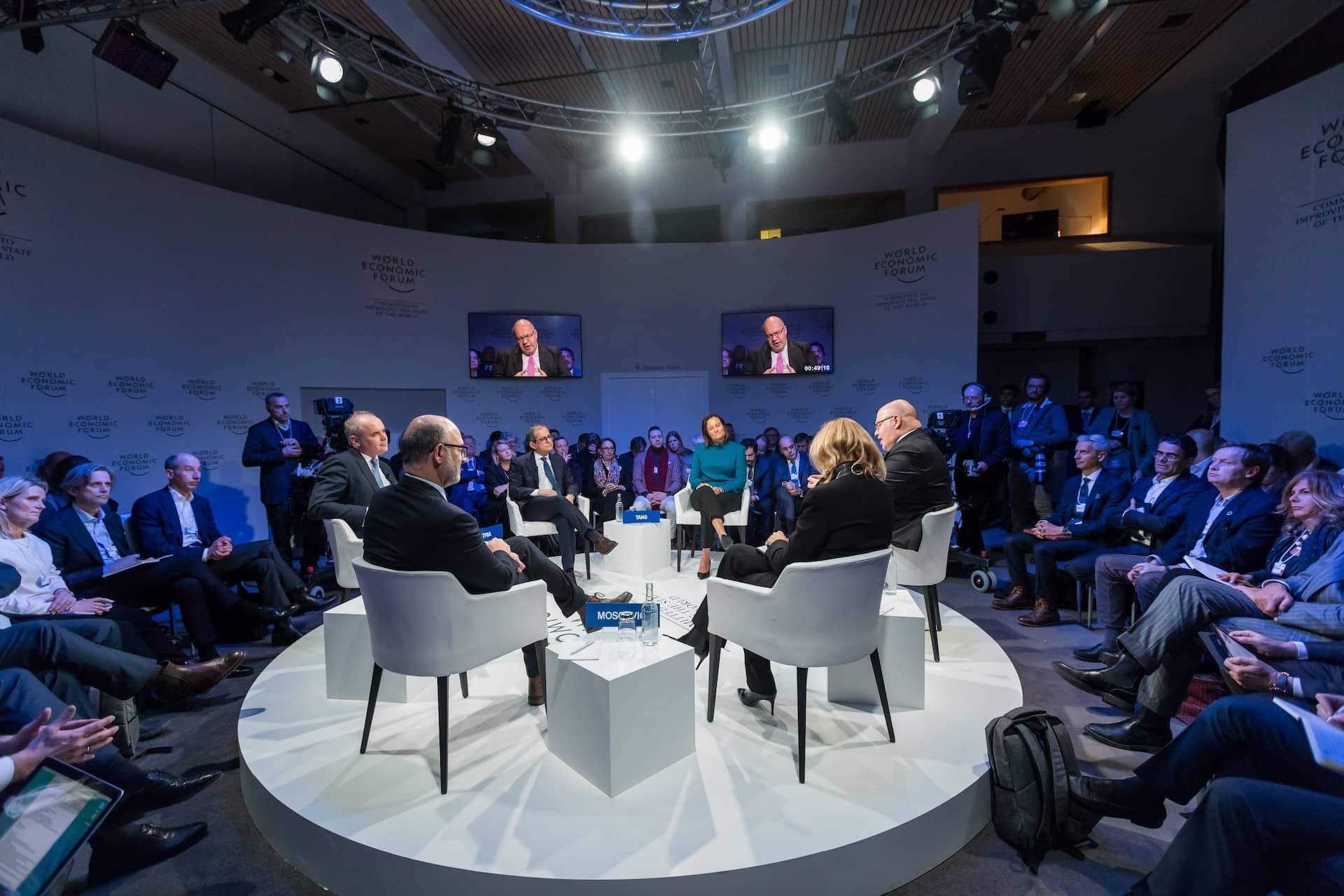Hybrid events continue to be the future of event planning in 2024. They combine the best online and offline experiences, allowing you to authentically reach a wider audience, reduce costs, and increase engagement. But how do you design a hybrid event that is effective and enjoyable for your attendees? Explore the key elements of hybrid event planning, such as choosing the right format, platform, and content, as well as the best practices for creating a seamless and interactive hybrid event experience.
The Rise of Hybrid Events: A New Paradigm in Gatherings
In a world where connectivity is paramount, the concept of events has undergone a transformative evolution. Hybrid events, seamlessly blending in-person and virtual experiences, have become the new frontier in event planning.
As we dive into the intricacies of orchestrating these dynamic gatherings, EMRG Media is at the forefront, offering insights into the delicate balance required to cater to diverse audiences.
The crux of successful hybrid events is crafting an experience that resonates equally with in-person and virtual attendees. Also, it’s about transcending physical boundaries and ensuring that every participant feels engaged and valued regardless of location.
Engaging Content: The Heartbeat of Hybrid Events
From content selection to interactive elements, every facet of the event must be meticulously curated for a cohesive and inclusive experience.
Whether at a physical venue or attending virtually, participants crave content that captivates and educates. For in-person attendees, this might involve live presentations, interactive workshops, or networking sessions.
Leveraging multimedia elements, interactive polls, and virtual Q&A sessions are essential to keep the online audience actively involved. Striking the right balance ensures neither group feels left out or disconnected from the event’s core narrative.
Strategies for Harmonious Integration: Lessons from EMRG Media
1. Invest in High-Quality Audio-Visual Equipment
Event planners should focus on a seamless transition between in-person and virtual elements. They need to ensure that all participants’ visual and auditory experiences are consistent.
EMRG Media emphasizes the importance of equipment that offers robust in-person and virtual engagement features.
Consider reliable live-streaming capabilities, virtual breakout rooms, and interactive tools. Additionally, securing high-quality cameras, microphones, and lighting is paramount to creating the best experiences. High-quality equipment will facilitate the most effective communication between on-site and remote participants.
2. Embracing Both Augmented Reality (AR) and Virtual Reality (VR)
Integrating augmented and virtual reality is becoming increasingly prevalent in hybrid events as technology advances. These immersive technologies enable virtual attendees to feel more connected to the physical environment, providing a richer experience. Moreover, EMRG Media recommends exploring the potential of AR and VR to elevate the engagement levels of both in-person and virtual audiences.
3. Careful Agenda Planning: A Synchronized Event
Crafting a well-thought-out agenda is akin to orchestrating a synchronized dance between the physical and virtual realms.
EMRG Media emphasizes the need for strategic timing, ensuring that key moments are accessible to both audiences. Also, consider staggered sessions, dedicate virtual networking breaks, and synchronize live streams to maintain a cohesive flow throughout the event.
4. Dedicated Virtual Hosts: Bridging the Gap
In the virtual space, having dedicated hosts is instrumental in creating a bridge between the remote participants and the physical event. These hosts serve as guides, facilitating virtual interactions and answering questions from online attendees. They also ensure that the virtual experience mirrors the energy and enthusiasm of the in-person gathering.
5. Interactive Elements for Virtual Engagement
Incorporating interactive elements is crucial to combat the potential detachment felt by virtual participants. EMRG Media suggests utilizing virtual event platforms that enable real-time engagement, such as live polls, Q&A sessions, and virtual networking opportunities. Additionally, interactive features keep virtual attendees engaged and provide valuable insights into their preferences and reactions.
Overcoming Common Challenges: Insights from EMRG Media
1. Addressing Technical Glitches with a Contingency Plan
Technical glitches are an inevitable reality with hybrid events. EMRG Media stresses the importance of having a robust contingency plan in place.
You should consider a dedicated virtual support team, backup equipment, and clear communication channels to address unforeseen issues and minimize disruptions promptly.
2. Use Apps to Ensure Effective Collaboration
A common challenge in hybrid events is ensuring in-person and virtual attendees have equal access to information.
EMRG Media recommends leveraging event management apps and digital platforms to provide centralized access to schedules, speaker information, and event resources. These tools will ensure that all participants, regardless of physical location, remain well-informed throughout the event.
3. Seamless Technology Integration and Hybrid Events
Navigating the technological landscape of hybrid events can pose challenges. EMRG Media emphasizes the importance of seamless technology integration. This can be achieved by leveraging user-friendly platforms, conducting thorough testing before the event, and providing technical support for in-person and virtual attendees.
By prioritizing a smooth technological experience, event planners can mitigate potential issues and enhance overall participant satisfaction.
Case Studies: Real-World Success Stories in Hybrid Events
Adobe MAX: A Seamless Blend of Physical and Virtual Experiences
Adobe MAX, an annual creativity conference, is a shining example of a successful hybrid event. By leveraging live and pre-recorded content, interactive workshops, and a robust virtual platform, Adobe created an immersive experience that resonated with in-person and global attendees.
One of the standout features of Adobe MAX was its dynamic use of live and pre-recorded content. This dual approach allowed the conference to curate a diverse range of sessions. They featuring real-time presentations from industry experts as well as thoughtfully produced pre-recorded segments. Therefore, this blend ensured that attendees, whether physically present or joining remotely, enjoyed a rich tapestry of insights, creativity, and innovation.
Interactive workshops played a pivotal role in elevating the attendee experience. By providing hands-on sessions that encourage active participation, Adobe MAX empowered participants to hone their skills, exchange ideas, and collaborate in real-time. Additionally, this interactive component not only added depth to the conference but also fostered a sense of community among attendees, irrespective of their physical location.
The robust virtual platform implemented by Adobe was a linchpin in the event’s success. This platform went beyond being a mere conduit for content delivery. It became a virtual hub where attendees could seamlessly navigate sessions, network with fellow creatives, and explore the digital equivalent of an expo floor. Subsequently, the intuitive design and user-friendly features made the virtual experience not only accessible but also engaging for a global audience.
Adobe MAX’s success in the realm of hybrid events showcases the power of thoughtful event design and strategic integration of physical and virtual elements. By providing a platform that transcended geographical boundaries, the conference not only expanded its reach but also demonstrated that creativity knows no limits.
Cisco Live: Pioneering Hybrid Engagement
Cisco Live, a renowned technology conference, embraced the hybrid format with innovation at its core. The event featured live-streamed keynotes, interactive virtual sessions, and a virtual expo hall. By seamlessly integrating physical and virtual elements, Cisco Live demonstrated how a technology-driven approach can redefine the landscape of hybrid events.
The success of Cisco Live exemplifies how a technology-driven approach can redefine the landscape of hybrid events. By leveraging cutting-edge solutions, the conference not only adapted to the emerging challenges of the digital era but also set a benchmark for others in the industry.
The harmonious and seamless integration of physical and virtual elements demonstrated a few key points. For example, innovation is not merely an enhancement but a fundamental aspect of shaping the future of events. Moreover, Cisco Live’s bold step serves as inspiration for event organizers worldwide, encouraging them to embrace the limitless possibilities of hybrid events and create impactful experiences that transcend boundaries.
FAQs About Hybrid Events
What key considerations should be considered when designing engaging hybrid events?
Designing engaging hybrid events involves careful planning and attention to various elements. Consider the following:
- Technology Integration: Ensure seamless integration for virtual attendees, providing a user-friendly experience with features like live streaming, virtual breakout sessions, and interactive tools.
- Content Relevance: Tailor content to cater to in-person and virtual audiences, considering their preferences, interests, and engagement patterns.
- Engagement Platforms: Utilize engaging platforms for virtual attendees, incorporating features like live polls, Q&A sessions, and virtual networking opportunities to keep online participants actively involved.
- Inclusive Design: Prioritize inclusive design to create an immersive experience for physical and virtual attendees, ensuring everyone feels connected and engaged.
How can event planners foster interaction and networking in a hybrid event setting?
Fostering interaction and networking in a hybrid event requires intentional strategies:
- Virtual Networking Tools: Implement virtual networking tools that enable online attendees to connect with in-person participants, facilitating meaningful interactions.
- Breakout Sessions: Incorporate virtual breakout sessions encouraging smaller group discussions and networking opportunities for physical and virtual attendees.
- Interactive Features: Use interactive features such as live polls, chat rooms, and Q&A sessions to engage attendees and create opportunities for interaction during presentations and sessions.
- Hybrid Lounges: Design hybrid lounges where physical and virtual attendees can meet virtually, discuss, and network in a more relaxed setting.
What role does content delivery play in creating a successful hybrid event experience?
Content delivery is a pivotal aspect of a successful hybrid event experience. Consider the following:
- Dynamic Content Formats: Present content in dynamic formats suitable for in-person and virtual audiences, incorporating multimedia elements, engaging visuals, and interactive presentations.
- Simultaneous Engagement: Ensure that content delivery engages physical and virtual attendees simultaneously, creating a cohesive experience for all participants.
- Pre-recorded and Live Content: Blend pre-recorded and live content strategically, allowing for flexibility and optimizing the engagement of virtual attendees.
- On-Demand Access: Provide on-demand access to event content for virtual attendees, enabling them to catch up on sessions they may have missed during the live event.
So, focus on thoughtful content delivery. Event planners can truly enhance the overall experiences for both in-person and virtual participants in a hybrid setting.
Final Remarks about Hybrid Event Planning
In the ever-evolving events landscape, hybrid gatherings have emerged as a powerful and inclusive format. Event planners must focus on thoughtful planning, technological prowess, and a commitment to creating a unified experience. So, as we look to the future, the ability to seamlessly integrate in-person and virtual elements will undoubtedly become a hallmark of successful and memorable events.
Do you want help in hybrid event planning in NYC? Look no further than EMRG Media, a leader in hybrid event management. Contact us today for expert event management.




